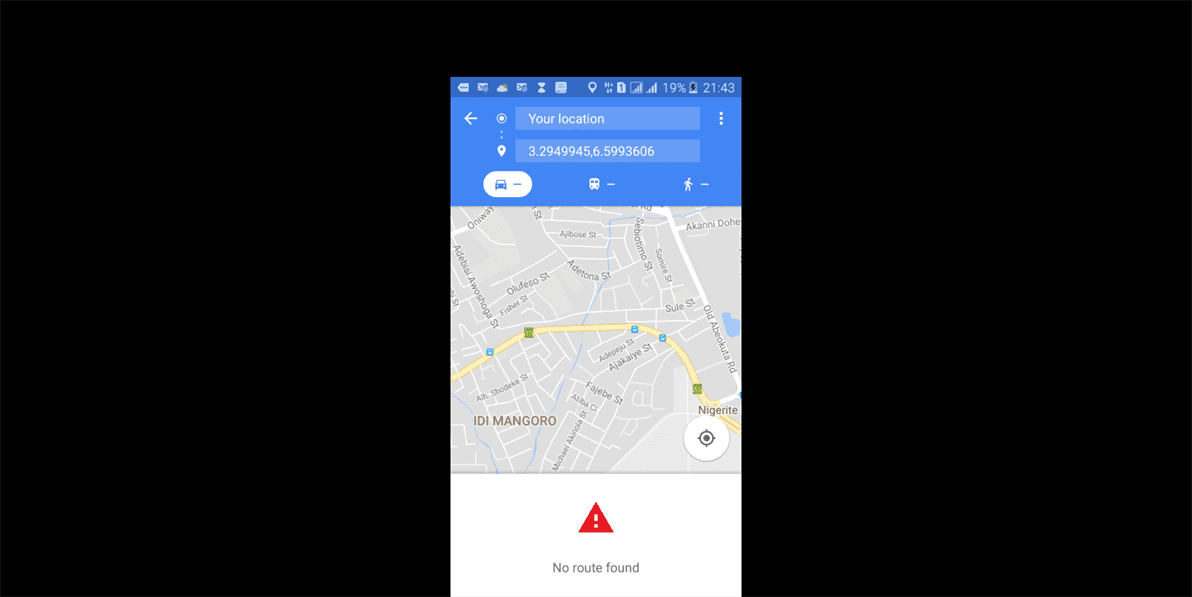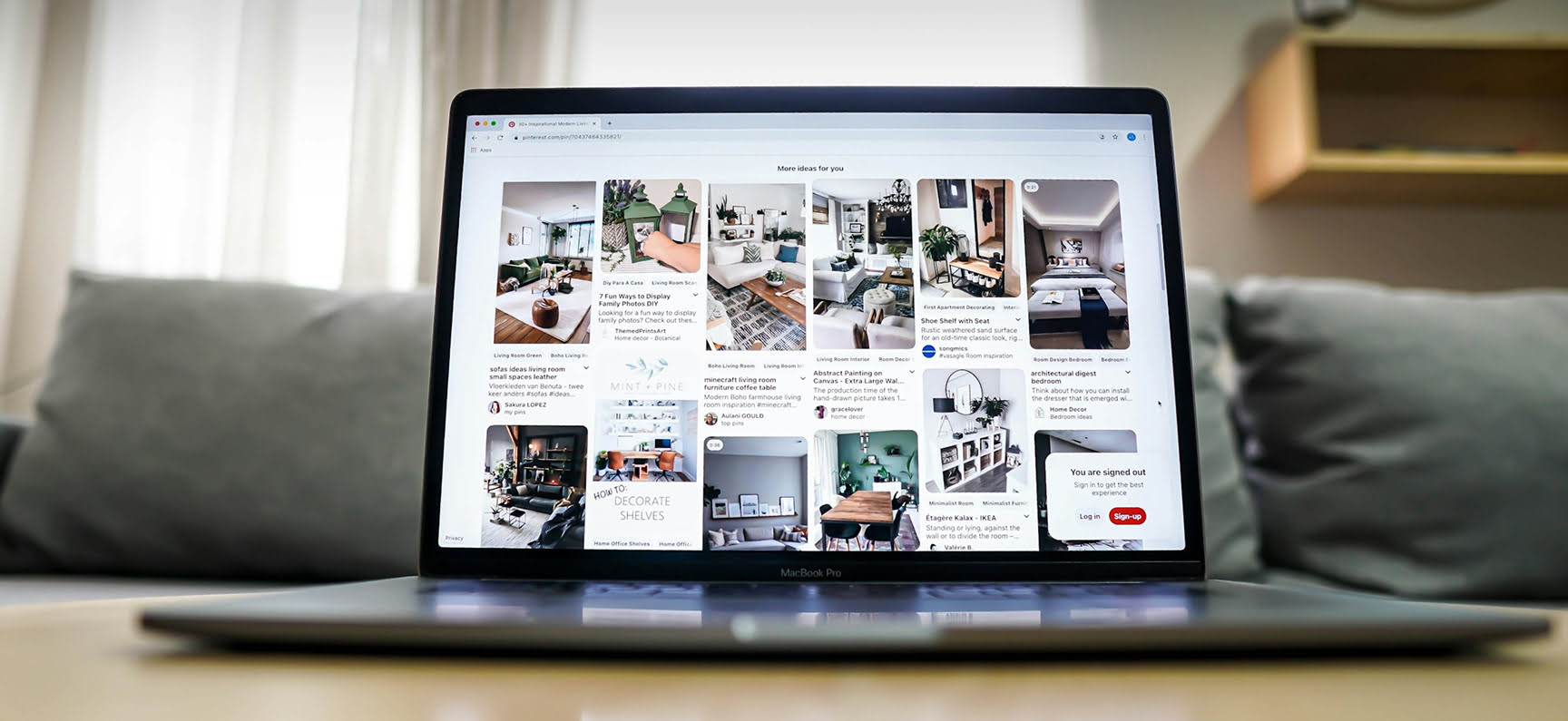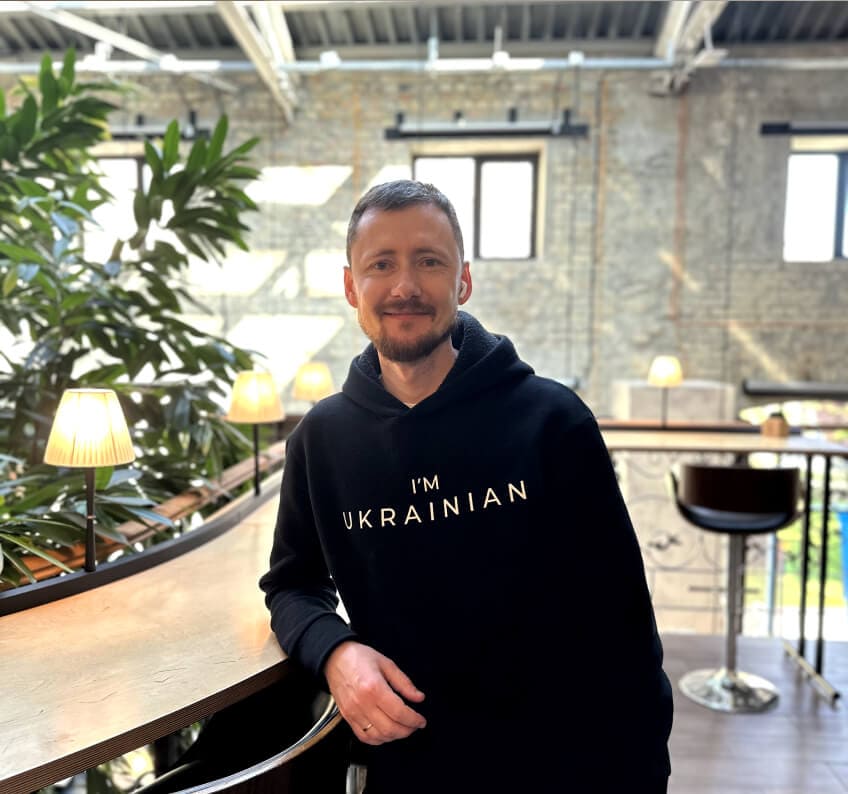In this article, we will explain how to make a geolocation app and how much does it cost to develop such an app. Mobile applications with geolocation occupy top positions in various app ratings. Why are these applications so popular? This is because geolocation allows expanding the capabilities of the app. Moreover, such apps may greatly improve user relationships. Such applications as Airbnb, Uber, and others, confirm the viability of this idea. Further, we will describe, what is a location-based application, what types of location-based applications exist, and how to build a geolocation app.
What is a Location-Based Application, and How Does it Work?
Today, almost everyone has a smartphone, and location-based apps are an integral part of our lives because they speed up the task of finding the right places, services, or people nearby. Geolocation allows the app to access geographic data and find out the user's location.
There are two elements in the mechanism of geolocation applications: an Internet connection and a GPS module. Geolocation app development services are in demand right now because geolocation is critical for businesses, companies, and people who need real-time data to provide geo-targeted services to target audiences.
With geolocation apps, users can determine their location and share information with other users, search for places of interest, build optimal routes, and many other useful things. To create a geolocation app, you need to use location-based APIs and maps. There are separate location services APIs for iOS and Android platforms.
Types of Location-Based Applications
Location-based mobile applications are very popular in many industries. If you combine creativity, skill, and modern technology, you can develop an advanced geolocation app that will make users' lives easier. From food delivery apps to dating apps, we've highlighted the main types of location-based apps on the market.
1. Food Delivery Apps
Demand for food delivery apps is growing every day. Location-based applications direct food deliverers to the exact drop-off location, and allows them to create their own database of drop-off locations for each customer based on previous food deliveries. To stay competitive, many companies in the food industry decided to build a mobile app with geolocation. Such apps help courier services, restaurants, grocery stores and other food businesses to manage orders, manage food deliverers, send notifications to customers about food delivery, and provide real-time tracking of driver activity.
2. Travel Apps
In travel apps, location-based features allow people to select interesting places they want to visit, indicate the route, recommend interesting places, and so on. These days, it's hard to imagine organizing travel, vacations, and business trips without travel apps. That's why organizations in the travel industry are interested in how to hire a development team for building an app with Google Maps and geolocation. Geolocation capabilities should be in any modern travel app. In addition to planning routes, such apps allow users to book restaurants and hotel rooms.
3. Fitness and Health Apps
The fitness and health industry is booming, with many people looking to improve their well-being and physical condition. These apps use location-based tracking to track any outdoor activity, including running, cycling, athletic walking and more. Such apps help create routes for jogging, track running speed, locate nearby fitness studios, and so on. Moreover, such apps allow users to plan and analyze their workouts. The mapping data of fitness apps is collected from satellites. Users can share their successes in sports on social networks.
4. Social Apps
In social media apps, users use location tags on videos and photos. Location-based tags can include the address of a restaurant, hotel, resort, landmark, and so on. Of course, when developing social networking apps, the use of geolocation is not necessary, but this feature helps to recommend relevant content to users.
5. Dating Apps
Dating apps need the location feature to help users find potential partners nearby. Agree that to help a user find a match in his or her city, the app needs to determine which city that user is in. Dating apps require users to provide their geolocation, so they can search for potential matches. To successfully create an app that includes geolocation for dating, you must implement an option to choose the radius of search for partners.
The Key Features of Geolocation Apps
Location-based mobile apps have many features. Depending on the industry in which the geolocation application will work, its list of features may differ. We've highlighted the main features that every geolocation app should have, regardless of the industry. After implementing the features we've listed, you can figure out and implement your own, more complex set of features, which will depend on your goals and industry.
1. Location Determination
Geolocation Apps must have a feature to locate users on a map. To implement location determination, developers use special Location APIs. The Google Location API is used for Android devices, the Apple Core Location API is used for iOS devices, and the Cordova geolocation plugin to build a cross-platform app. All of these APIs use data from GPS, Cell ID, and Wi-Fi networks to locate users on a map. With this feature, users will know where they are and how to get to their destination.
2. Travel Time Estimation
This is a very useful feature for any geolocation app. With this feature, the app can show the exact travel time. This function can be used to calculate cab arrival time, food delivery time, travel time, and so on. The app analyzes the locations of all app users and provides travel time data based on that data. In addition to users' locations, the app analyzes speed, direction of traffic, and other factors. You can hire geolocation mobile app developer who knows how to use the Bing Route Data API and other APIs like it to implement this feature in an application.
3. Places
Depending on the purpose of the app, the development team adds interesting places to the app. In addition to the locations and their names, it makes sense to add their descriptions, opening hours, contact information, general information, and user reviews. To successfully create an app with geolocation, and access databases of places, you can use, for example, Google Places API or Foursquare Places API. Depending on the industry of the application, developers may include restaurants, theaters, churches, monuments, and any other interesting places on the map.
4. Navigation
With this feature, the app will show users the best route to reach their destination. The feature will help users avoid traffic jams and repaired highways to arrive at the desired location as quickly as possible. Usually with this feature, developers also implement voice commands that tell the driver where to turn. During iPhone app development, developers use the Google Maps Directions API and the Google Distance Matrix API to implement this feature. Programmers use the Waze SDK to add real-time traffic data to your geolocation application.
5. Ratings and Reviews
Feedback is a great way to communicate, users won't have to wonder if their expectations of visiting a place will be met. The app will send push notifications to users asking them about their impressions of a place, ask them to rate it and leave a comment. Among other things, this feature allows business owners to improve their services.
Stages of Developing a Location-Based Application
If you don't know where to start to create a navigation app, start with planning. Project planning will help you define the requirements, goals, and eliminate the risks of a future application. To create a quality and competitive location-based app, you will have to spend a lot of time, effort, and finances. Let's take a look at the main steps for preparing and developing geolocation applications.
Research
First, you need to define the requirements and goals of the project. Goal setting depends on the industry you choose. In the planning stage, you have to make sure that your app idea is viable and has potential. If your chosen niche is very competitive and full of flawless solutions, it makes sense to think about the feasibility of developing an application for this industry.
For you to have a chance at success in a competitive niche, you should do thorough research on your niche and come up with a unique idea to make your app stand out. Also at the planning stage you need to determine the technology stack, development duration, features required, team composition, and other important aspects.
Decide on a Tech Stack
The choice of the technology stack has a significant impact on the success of the entire geolocation application development process. Depending on your chosen industry and application requirements, developers will use different technologies. Your developers should help you decide on the tools that will be used to create your application.
Selecting the right technology stack requires some patience and professional advice from a competent development team. For Android app development you can use Google Maps API, Google Location Services API, and Open Street Map. To develop an iOS geolocation app, you can use Google Maps API, Core Location API and Apple MapKit.
Design
Design is what will make your geolocation app attractive and easy to use for users. Remember that poor design can scare off users, which is unacceptable in the competitive market. Designers first create a general sketch of your future app. They then create a prototype that demonstrates what the final product will look like and how users will be able to interact with it.
Creating an easy-to-use design is important when developing GPS applications, users should not be confused by the interface. There should be consistency in details, page layout, icons, buttons, colors, fonts, etc.
Data Safety
Take the privacy of user data seriously. If user data fall into the hands of third parties, it will lead to fines or even criminal liability. You need to address the security issue as early as possible to ensure the privacy of user data. Data protection laws are strict all over the world, you need to consider the legal regulations in all the countries where your app will be used.
Location-based applications have a lot of data, and you have to protect that data. You should consult lawyers about user privacy and task programmers to implement methods to ensure data security.
Development
For mobile app development to be successful, it must be handled by a specialized development team with extensive experience in creating location-based applications. To make the application development process more manageable and efficient, you should use the Agile software development approach. The application development process should be divided into small sprints.
During each sprint, programmers implement certain front-end and back-end functionality, and testers conduct thorough testing to eliminate any bugs and vulnerabilities. Practice shows that you can achieve excellent results with this approach. Quality and speed of application development must go hand in hand. After each sprint, you and the developers should discuss the app's development progress and what can be improved during the next sprints.
Testing
Once the application has been developed, it should be thoroughly tested and any bugs should be fixed. Testers and QA specialists must make sure that the application meets all your requirements. With proper testing, you can remove all the bugs, improve the quality of the application, and improve its performance. Furthermore, your QA engineers and other willing in-house specialists will need to test the application in practice, and ride a bike, run around town, drive a car, and so on.
Release
After development and thorough testing, it remains to release the app and make it available to users. Before releasing the app, check to see if it meets the App Store or Google Play Store criteria. Releasing a location-based app has the same principle as launching other mobile solutions. You just need to upload the app to the mobile app stores and wait for approval. Once the app is released on Android or iOS, users will be able to interact with it. Gather user feedback to continually improve the app.
Maintenance
You must keep the application up to date. Based on user feedback and trends, add new features to the app and release fresh builds and updates. To make the app successful, competitive, and growing, you must keep up with customer expectations, eliminate any bugs that arise, and implement advanced features. You should also provide around-the-clock user support.
Top Location-Based Apps
Thousands of new geolocation apps appear every year, but only a few of them become popular and trustworthy. The functionality of the location-based applications is extremely diverse, some offer only navigation capabilities, others allow, for example, the possibility to share data about your location, or build routes and so on. We've highlighted for you 5 great examples of geolocation apps that are popular around the world.
Google Maps
Google Maps is a web service developed by Google that provides users with detailed information about geographic regions of the world, satellite imagery, aerial photography, street maps, panoramic street views, real-time traffic and route planning for various purposes. The application is available both through a web browser and as an app for mobile devices.

Uber
Uber is the world's largest ride-sharing app that connects passengers with drivers. Uber operates in more than 40 countries and allows users to easily hire a driver at an affordable price. The application uses geolocation features to automatically create a route for the driver, as well as calculate the distance of the ride and the cost of the fare. Users can download Uber from the Apple App Store or Google Play Store.
Instagram is a free photo and video sharing social networking app available on iPhone and Android. The app allows users to take photos and videos, apply filters to them, and share them online. Geolocation on Instagram is used to share with friends where you've been, or to get extra attention from your target audience within the area that was tagged in the photo or video.
Tinder
Tinder is a popular dating app. Users upload their photo, fill in a profile description and start looking for a match. Tinder learns the geolocation of users through GSM network data, GPS coordinates, or a Wi-Fi router. Geolocation in Tinder is needed to find a match within a radius of your interest.
TripAdvisor
TripAdvisor is a mobile travel app that helps users to settle in an unfamiliar city, save money, plan a trip, see local attractions, book a hotel room, make restaurant reservations, and so on. The application pleases users with rich functionality, and most importantly, it is useful to every tourist. Moreover, in the TripAdvisor, you can find user reviews about visiting certain places.
How Much Does Building a Geolocation App Cost?
Developing, testing and maintaining a geolocation app requires a significant financial and time investment. The cost of developing a geolocation app depends on many factors, including:
- The scale of your project;
- The development team's hourly rate;
- The complexity of the functionality;
- Your target audience;
- The timeline;
- The goals;
- The functioning of the map: in some applications they are static, in others dynamic, also there may be a need to implement the functionality of moving objects, creating routes, and so on.
The more location-related complexities there are in your mobile app, the higher the development cost will be. The cost of developing a geolocation application ranges from $20,000 to $250,000 and beyond.
Conclusion
To successfully create a location-based application, you need to have clear goals, requirements, an action plan, and a solid strategy. With a unique idea and a competent software development team, you can create a successful geolocation application that can easily compete with others. Location-based apps are in high demand among users all over the world, and there are plenty of opportunities to launch such an app. The experienced and professional development team at ARTJOKER has been developing geolocation-based mobile applications for many years. To get professional consultation and assistance in geolocation application development, contact us, and we will certainly assist you.
Similar articles
View allyour business
together
- PROJECT INQUIRIES info@artjoker.net
- CALL US +1 213 423 05 84
contact us:










